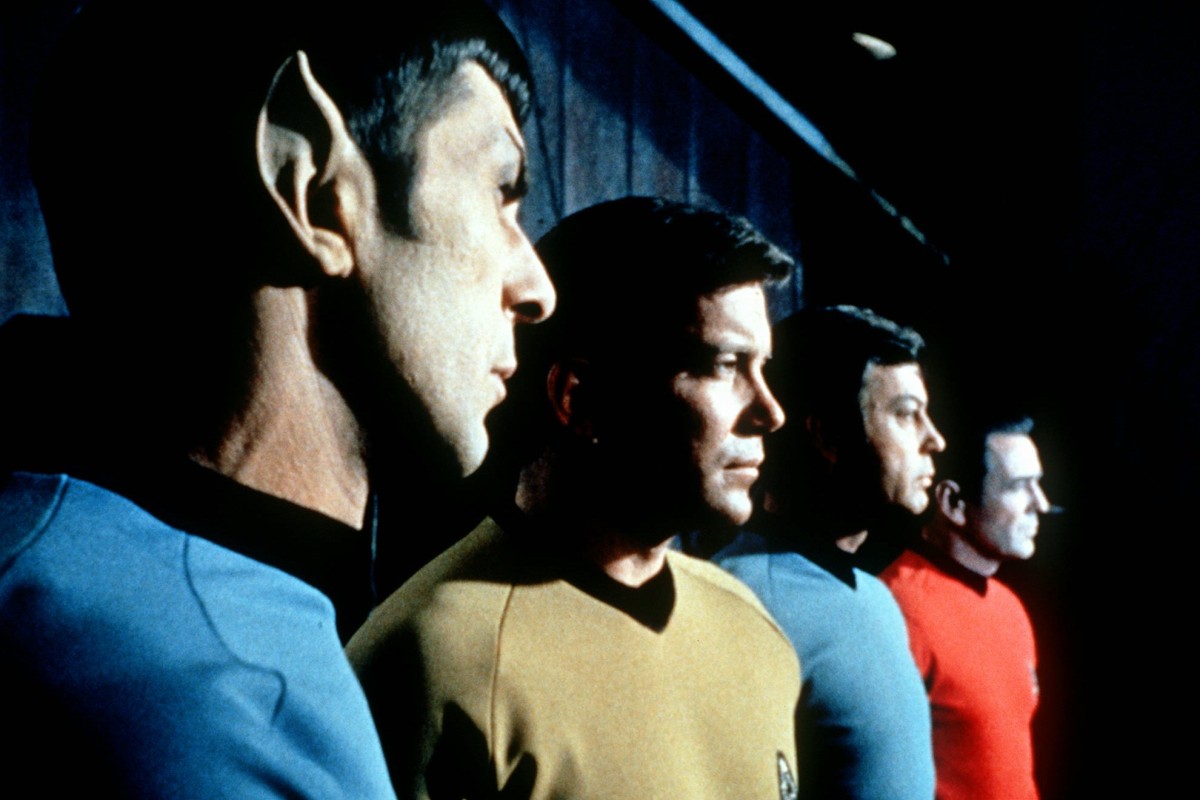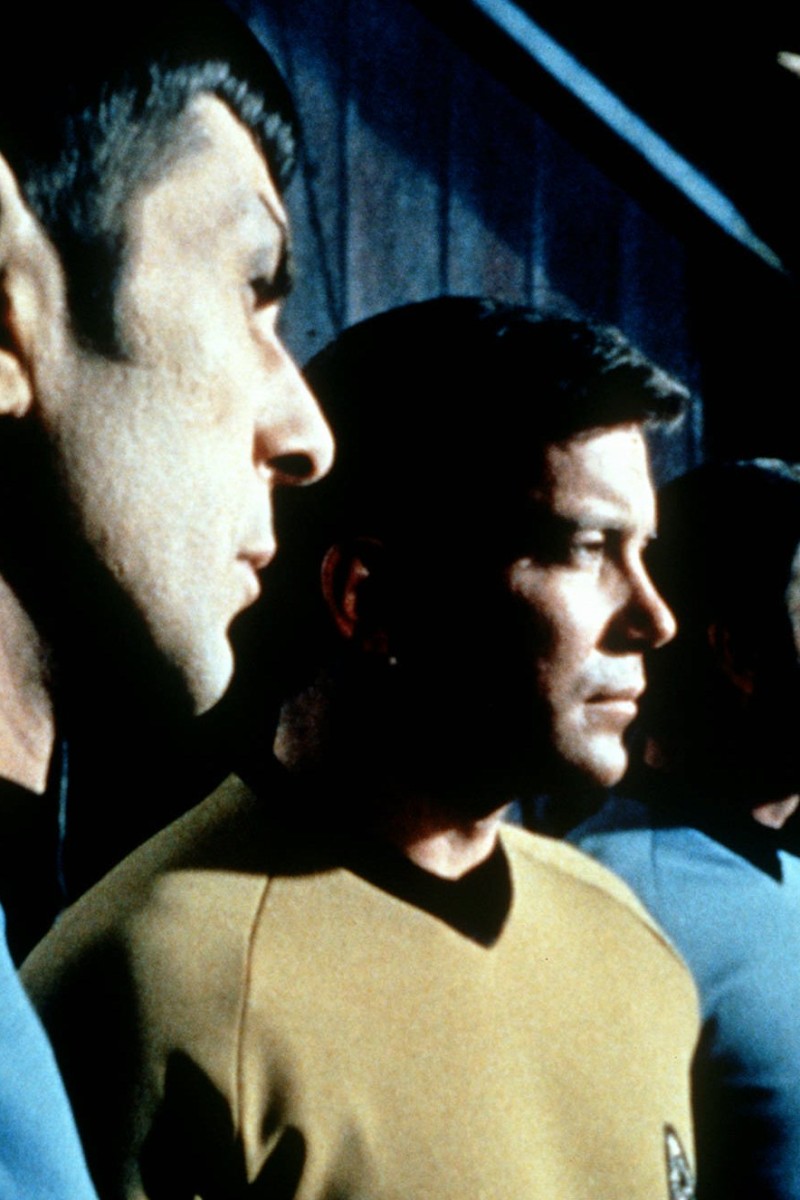 Actors in the TV series "Star Trek," from left, Leonard Nimoy as Commander Spock, William Shatner as Captain Kirk, DeForest Kelley as Doctor McCoy and James Doohan as Commander Scott. Nimoy died last Friday.
Actors in the TV series "Star Trek," from left, Leonard Nimoy as Commander Spock, William Shatner as Captain Kirk, DeForest Kelley as Doctor McCoy and James Doohan as Commander Scott. Nimoy died last Friday.Leonard Nimoy, who died on Friday at age 83, had the most famous ears in Hollywood. As the logical half-human, half-alien Mr. Spock in the TV series and movies Star Trek, his pointy Vulcan ears became a signature - and a nuisance - for the actor. Here are a few facts about those iconic ears:
Aural history
Trek creator Gene Roddenberry was determined to have Nimoy put on pointed ears as the Enterprise’s chief science officer. It was easier said than done. Before the first episode was filmed, many designs of the ears’ shape and size were created before he settled on the perfect ears.
Ear job
Roddenberry promised a reluctant Nimoy that if the pointy ears didn't appeal to the viewing public after the initial episodes of Trek that he'd arrange for Spock to undergo an "ear job" and they’d be removed. Instead, the character was a hit, and no such operation was needed.
Now hear this
The early ears were made of foam rubber and had to be glued on every morning and removed every night. The process usually needed Nimoy to be in the make-up chair for about 45 minutes each day. However, applying Spock’s slanted eyebrows typically took twice as long.
Later ears
The process was eventually streamlined, and Spock’s ears were made of latex and cranked out on an assembly line. Over the years, the lobes and their molds turned up in various celebrity auctions. A pair is on display at the National Museum of American History in Washington, D.C.

